Distinctions between Plants and Animals
The distinctions between plants and animals showcase the fascinating diversity of life on Earth. These two fundamental classifications of living organisms exhibit unique features that not only define their existence but also their role in the ecosystem. Understanding these differences can provide valuable insights into the biological world, ranging from cellular organization to modes of reproduction and metabolic pathways.
Cellular Organization
Plant Cells
Plants possess characteristic cell structures, including a rigid cell wall composed of cellulose, chloroplasts for photosynthesis, and large central vacuoles for storage. The presence of chlorophyll allows plants to convert sunlight into energy through photosynthesis. This process can be defined by the equation:
“Photosynthesis is the process by which green plants and some other organisms use sunlight to synthesize foods with help of chlorophyll.”
\( 6CO_2 + 6H_2O + light \rightarrow C_6H_{12}O_6 + 6O_2 \)
Animal Cells
Unlike plants, animals have a flexible cell membrane without a cell wall, enabling them to adopt various shapes and forms. They lack chloroplasts but possess organelles such as mitochondria for cellular respiration, enabling them to generate energy through the breakdown of organic molecules:
\( C_6H_{12}O_6 + 6O_2 \rightarrow 6CO_2 + 6H_2O + energy \)
Nutritional Methods
Autotrophic Plants
Plants are autotrophs, meaning they synthesize their own food using sunlight, water, and carbon dioxide. This autotrophic mode of nutrition distinguishes them sharply from animals, allowing them to be primary producers in ecosystems.
Heterotrophic Animals
Animals, on the other hand, are heterotrophs. They obtain their energy and nutrients by consuming other organisms, either plants or other animals. This dietary requirement drives complex behaviours and adaptations in the animal kingdom.
Modes of Reproduction
Plant Reproduction
Plants exhibit both asexual and sexual reproduction. Asexual reproduction involves budding, fragmentation, or vegetative propagation, whereas sexual reproduction involves the formation of seeds through pollination and fertilization:
\( Pollen + Ovule \rightarrow Seed \)
Animal Reproduction
In the animal kingdom, sexual reproduction predominates. It involves the fusion of male and female gametes, leading to the creation of a zygote. Some animals also exhibit asexual reproduction through processes like budding, regeneration, or parthenogenesis:
\( Sperm + Egg \rightarrow Zygote \)
Locomotion and Movement
Movement in Plants
Plants exhibit limited movement primarily through growth or responses to environmental stimuli (tropisms). For example, phototropism refers to growth towards light, while gravitropism denotes growth in response to gravity.
Animal Locomotion
Animals exhibit complex and varied locomotion methods, which can include walking, flying, swimming, or crawling. This ability to move from one place to another is critical for finding food, escaping predators, and seeking mates.
Sensory and Nervous Systems
Plant Sensory Mechanisms
Despite lacking a central nervous system, plants can respond to stimuli using hormonal signaling pathways. For example, they release ethylene gas to regulate growth or initiate defensive mechanisms.
Animal Nervous Systems
Animals possess intricate nervous systems, enabling them to process sensory information and respond promptly. The central nervous system, encompassing the brain and spinal cord, coordinates all bodily functions.
Examples of Plant and Animal Differences
Photosynthetic Efficiency
In terms of photosynthesis, plants exhibit high efficiency, converting sunlight directly into chemical energy, whereas animals rely on consuming plant matter or other animals for energy:
Energy Utilization in Animals
Animals exhibit high metabolic rates, enabling rapid energy usage for movement, reproduction, and maintenance of homeostasis:
Evolutionary Distinctions
Plant Evolution
Plants have evolved from simple algae to complex vascular plants, showcasing diversification in form and function. They have adapted to various terrestrial environments, ensuring survival and propagation:
Animal Evolution
Animal evolution showcases a vast array of adaptive radiation, evolving diverse taxa from aquatic to terrestrial environments. The complexity of sensory and locomotor adaptations highlights the evolutionary success of animals:
Conclusion
The distinctions between plants and animals underscore the incredible diversity of life on our planet. From cellular structure to reproductive strategies, each kingdom exhibits unique characteristics that enable their survival in varying ecosystems. These differences not only enhance our understanding of biology but also emphasize the intricate balance of nature.
RESOURCES
- Differences Between Plant and Animal Cells
- What’s the original difference between plants and animals? – Quora
- What is the scientific difference between plant life and animal life? | Notes and Queries | guardian.co.uk
- Example table of key differences between plants and animals
- Difference Between Plants And Animals in Tabular Form
- (a) What are the major differences between animals and plants? (b) Do any organisms possessing both characteristic features? | Homework.Study.com
- Plants Are Not Animals and Animals Are Not Plants, Right? Wrong! Tiny Creatures in the Ocean Can Be Both at Once! · Frontiers for Young Minds
- 4.7C: Comparing Plant and Animal Cells – Biology LibreTexts
- How are plants and animals different?
- Differences Between Plants and Animals Worksheet
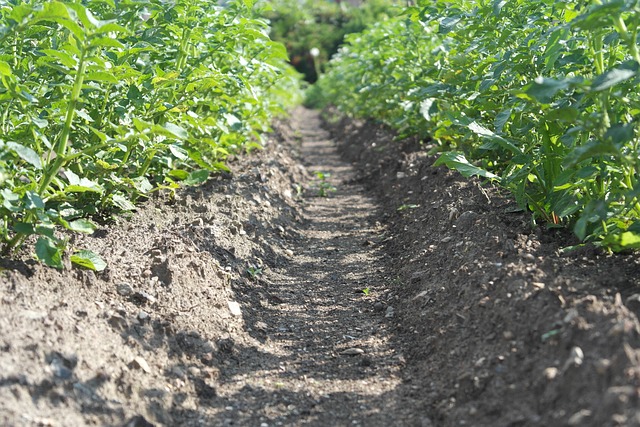
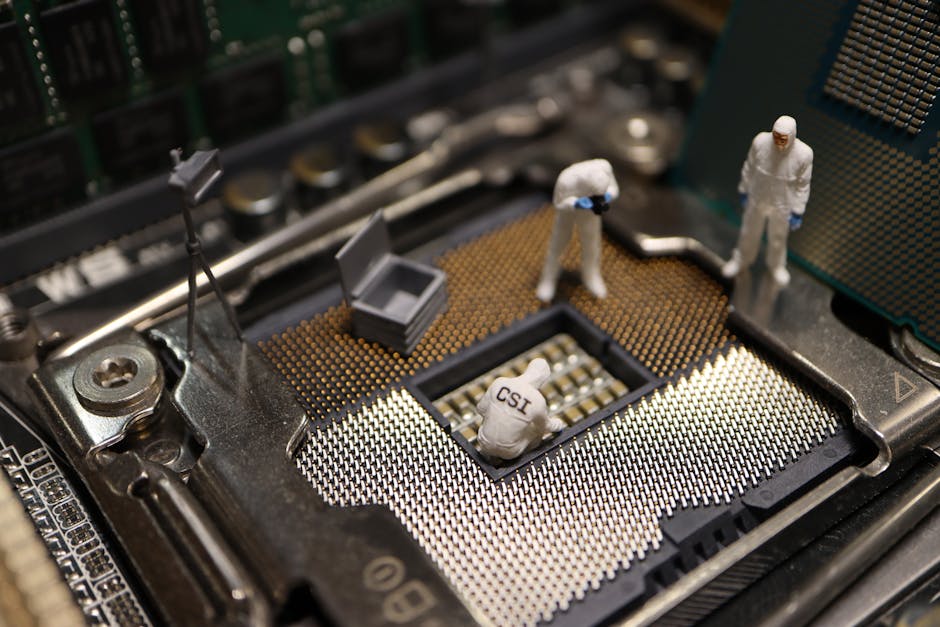
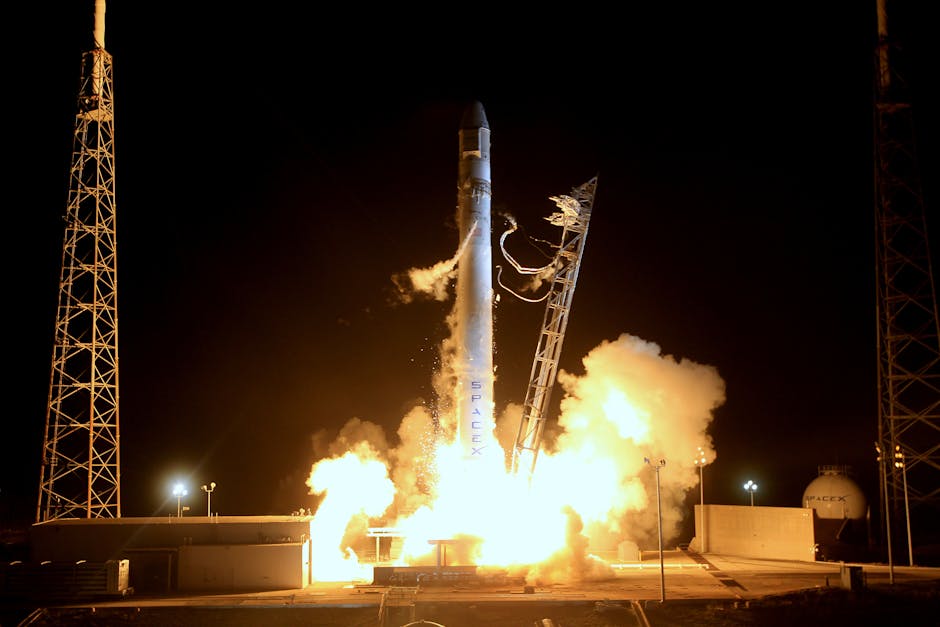


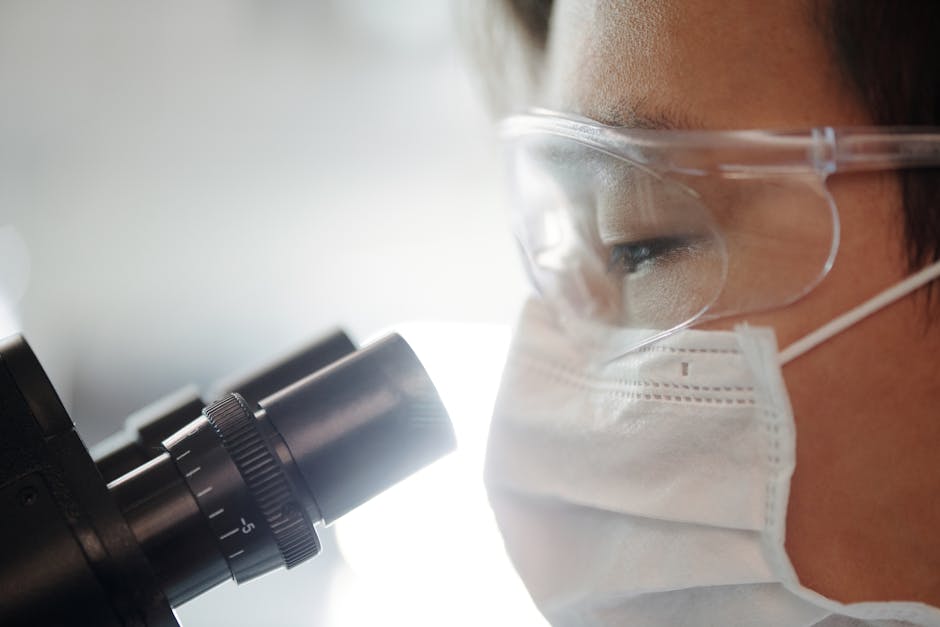
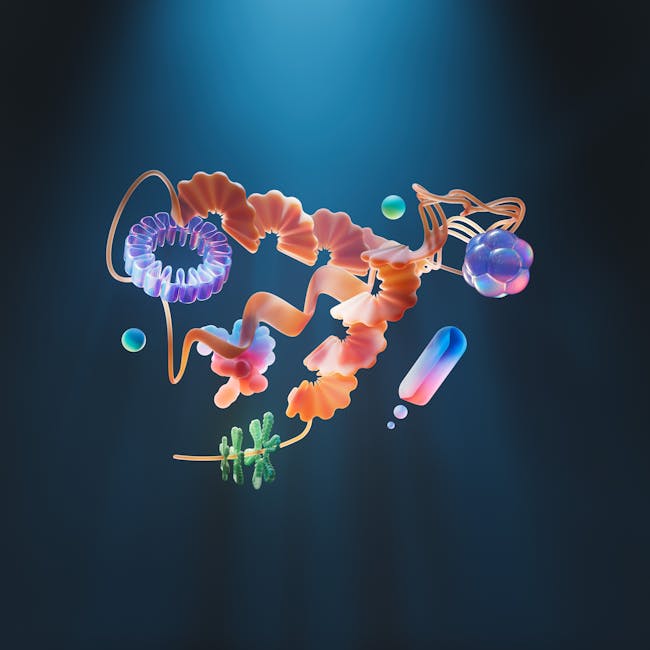
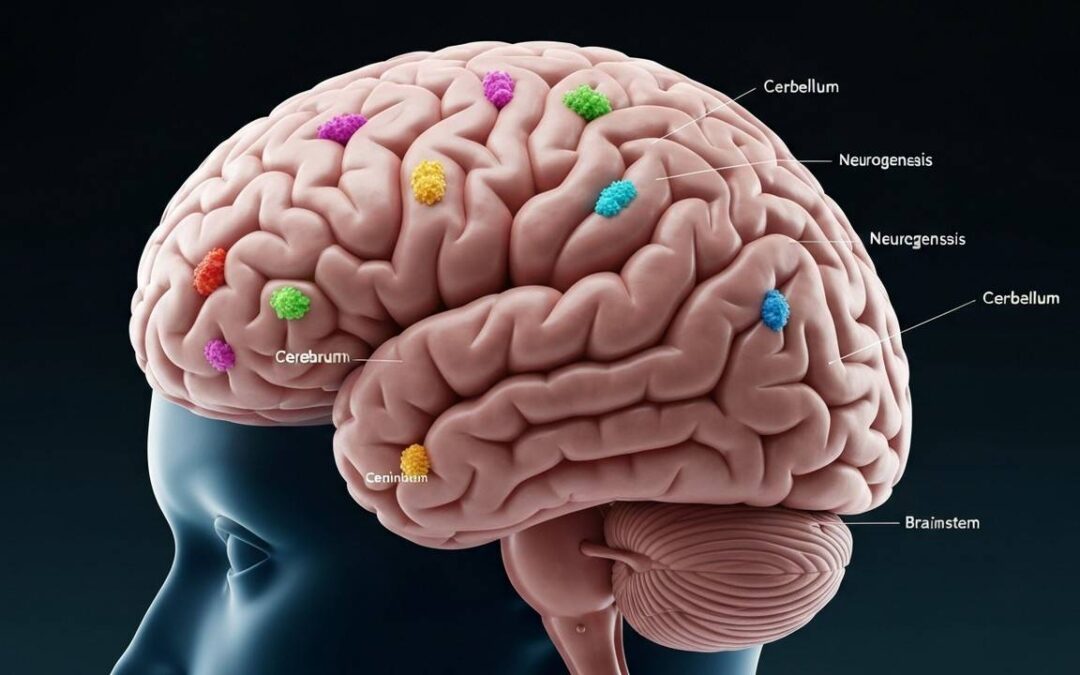
0 Comments